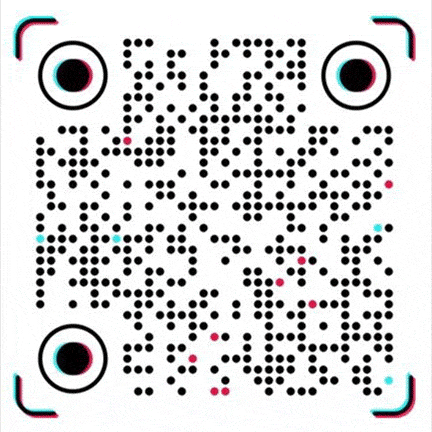Polypropylene 3D Printing: Challenges and Strategies
Fundamental Challenges of 3D Printing Polypropylene
The development of 3D printing technology has brought great changes to the manufacturing industry. However, for materials such as polypropylene (PP), its unique properties also bring many challenges to the 3D printing process. The semi-crystalline structure of polypropylene is one of the key factors that make printing difficult.
During the 3D printing process, when the material cools and solidifies from the molten state, the semi-crystalline structure causes the arrangement of the molecular chains inside the polypropylene to change, and the crystallization rate and degree in different regions are also different. This uneven crystallization process will produce large internal stress inside the material. When the internal stress exceeds a certain limit, it will cause the printed parts to warp and deform during the cooling process, seriously affecting the dimensional accuracy and shape accuracy of the printed parts.
Bonding difficulties caused by low surface energy
The low surface energy characteristics of polypropylene determine its poor bonding performance. Low surface energy makes the intermolecular forces between polypropylene and the print bed and the print layer weak, making it difficult to form a strong bond. During the printing process, the first layer of the print is difficult to adhere tightly to the print bed and is prone to slippage, resulting in printing failure.
Weak bonding between layers can cause delamination and cracking of printed parts during subsequent use. In addition, the chemical inertness of polypropylene also makes it difficult to combine with other materials. When trying to bond polypropylene plastic to other materials, failure is often encountered, which limits the use of polypropylene in some 3D printing applications that require composite structures.
Practical solutions for printing bed bonding
Despite these challenges, researchers and engineers have explored some solutions. In response to the problem that polypropylene is difficult to adhere to the print bed, printing polypropylene directly on tape is a feasible attempt. Different types of tapes have different surface properties and stickiness. Choosing the right tape can improve the adhesion between polypropylene and the printing platform to a certain extent.
For example, high-temperature tape can withstand the high temperatures during printing, and its surface stickiness can provide initial adhesion to polypropylene, allowing the printing process to start smoothly. However, this method also has limitations. The stickiness of the tape may weaken over time and temperature, and after printing, the surface of the printed part may be damaged when peeling the print from the tape.
Advanced treatment methods for printing platform optimization
In addition to using tape, the bonding properties of polypropylene can also be improved by special treatment of the printing platform. For example, a layer of material with good compatibility with polypropylene, such as polytetrafluoroethylene (PTFE), is coated on the surface of the printing platform. The PTFE coating has good chemical stability and low surface energy, and has relatively strong interaction with polypropylene, which can improve the bonding effect of polypropylene to a certain extent.
In addition, preheating the printing platform is also a common method. Properly increasing the temperature of the printing bed can slow down the cooling rate of polypropylene, reduce the generation of internal stress, thereby reducing the occurrence of warping deformation, and also help to improve the bonding force between polypropylene and the printing bed.
Material innovation: Developing polypropylene blends
In order to improve the performance of polypropylene, developing polypropylene blends is a potential method. By mixing polypropylene with other polymers with different properties, complementary advantages can be achieved to obtain materials with better comprehensive performance.
For example, blending polypropylene with elastomers can significantly improve the toughness and impact resistance of the material; blending with reinforcing materials such as glass fiber or carbon fiber can improve the strength and stiffness of the material.
However, the preparation of polypropylene blends also faces some technical difficulties, such as compatibility issues between different polymers and dispersion uniformity issues during the blending process. In addition, the preparation process of the blended material is relatively complex and costly, requiring precise control of the blending ratio and processing conditions, otherwise the expected performance improvement effect may not be achieved.
Alternative materials in practical applications
In practical applications, considering the difficulty and cost of 3D printing polypropylene, many users will choose to use materials that are more suitable for 3D printing, such as acrylonitrile-butadiene-styrene copolymer (ABS) and polylactic acid (PLA). ABS has good mechanical properties, chemical resistance and heat resistance, and has been widely used in the field of 3D printing. It has good bonding properties, can adhere firmly to the print bed, and can form a good bond between layers.
PLA is a biodegradable material with low printing temperature, good formability, and environmental friendliness, which is suitable for making some products with high environmental requirements.
Our platform connects hundreds of verified Chinese chemical suppliers with buyers worldwide, promoting transparent transactions, better business opportunities, and high-value partnerships. Whether you are looking for bulk commodities, specialty chemicals, or customized procurement services, TDD-Global is trustworthy to be your fist choice.















